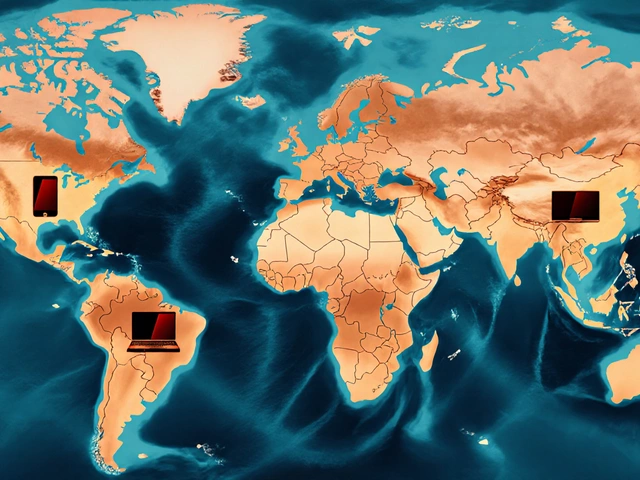Export Car USA to India: What You Need to Know
When dealing with export car USA to India, the process of shipping vehicles from the United States into the Indian market, you step into a complex web of trade rules, market demand, and logistics challenges. Also known as vehicle export, the movement of finished automobiles across borders for sale or distribution, this activity touches many players. The Indian automobile market, one of the world's fastest‑growing car markets, values price, fuel efficiency, and increasingly, electric powertrains shapes which models succeed. Meanwhile, U.S. automotive exports, vehicles produced in America that are sold abroad, represent a significant revenue stream for manufacturers. Understanding these pieces helps you avoid costly delays and seize growth opportunities.
Key Factors to Consider
First, tariff structures dictate how much you pay before a car reaches Indian soil. India levies a basic import duty of around 100% on fully built units, but special schemes lower rates for electric vehicles and certain components. This means vehicle import regulations, the legal rules governing how cars enter India, including safety standards and emission norms become a strategic lever. Second, demand for electric vehicle market, the segment of car sales focused on battery‑powered models is soaring thanks to government incentives and growing environmental awareness. Exporters who adapt early can benefit from lower duties and a brand‑new customer base.
Logistics also play a huge role. Shipping a car from a U.S. port to Mumbai or Chennai takes roughly 30‑45 days, depending on vessel schedules and customs clearance speed. Partnering with a reputable freight forwarder who knows the Indian port procedures can shave days off the timeline. Additionally, many Indian dealers prefer knock‑down kits—vehicles shipped in parts and assembled locally—to reduce duty costs. This practice links directly to the U.S. automotive exports strategy of offering both fully built and CKD (completely knocked down) units to meet market preferences.
Finally, compliance with safety and emission standards is non‑negotiable. India follows Bharat Stage (BS) emission norms, currently BS‑VI, which align closely with Euro‑VI standards. Cars that fail to meet them get rejected at the border, causing delays and extra costs. Therefore, manufacturers must verify that the U.S. models they plan to ship already satisfy these criteria or can be retrofitted cost‑effectively.
All these elements—tariffs, regulations, logistics, and standards—interact in a way that makes exporting cars a strategic decision rather than a simple transaction. Below you’ll find a curated set of articles that dive deeper into each of these areas, from the latest Indian market data to step‑by‑step guides on handling customs paperwork. Whether you’re a seasoned exporter or just curious about the possibilities, the insights ahead will help you navigate the path from American assembly lines to Indian showrooms with confidence.

Thinking about shipping your car to India from the US? This guide cuts through the confusion—outlining the hard rules, real costs, and surprising paperwork involved. Tips for making customs less stressful. Facts on why some folks regret importing their car. Get the clear steps and traps to avoid before you book your shipment. (Read More)








